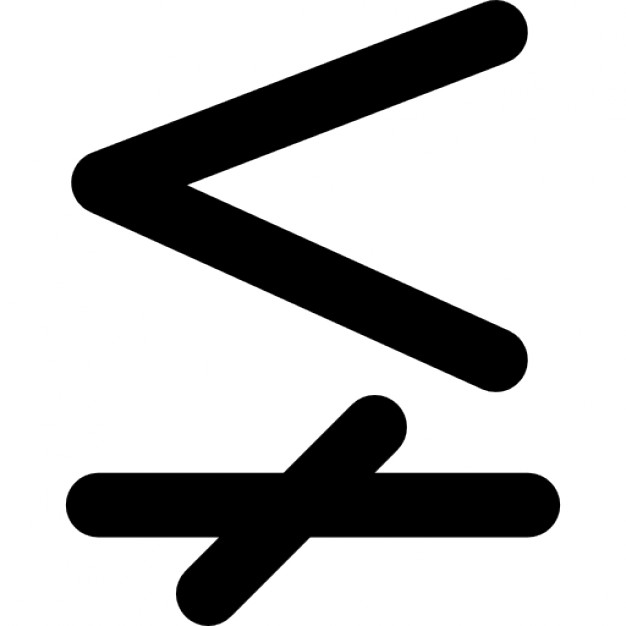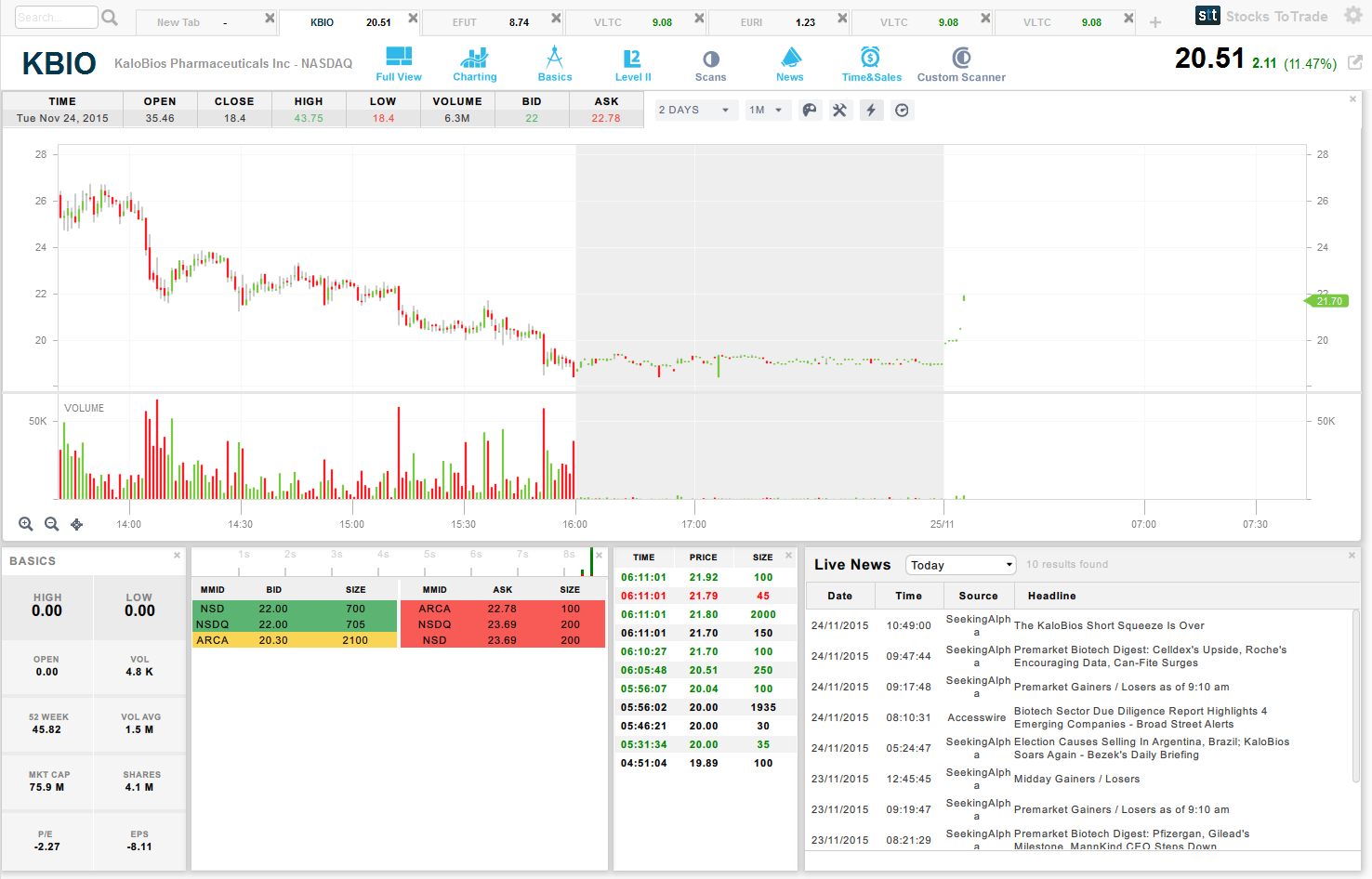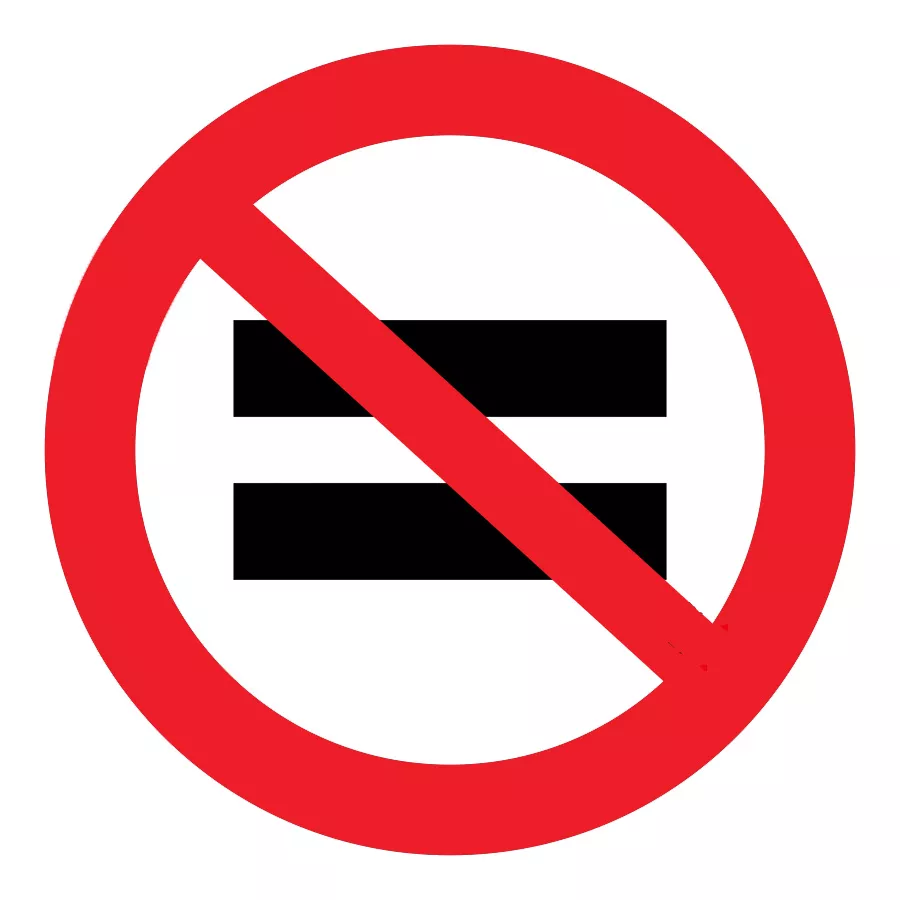
This is often used to create ones' complement or " ~" in C or C++ and two's complement (just simplified to " -" or the negative sign since this is equivalent to taking the arithmetic negative value of the number) as it basically creates the opposite (negative value equivalent) or mathematical complement of the value (where both values are added together they create a whole). This takes the value given and switches all the binary 1s to 0s and 0s to 1s. In computer science there is also bitwise negation.

Most modern languages allow the above statement to be shortened from if (!(r = t)) to if (r != t), which allows sometimes, when the compiler/interpreter is not able to optimize it, faster programs. A few languages like PL/I and Ratfor use ¬ for negation. Some languages (C++, Perl, etc.) provide more than one operator for negation. " NOT" is the operator used in ALGOL 60, BASIC, and languages with an ALGOL- or BASIC-inspired syntax such as Pascal, Ada, Eiffel and Seed7. The exclamation mark " !" signifies logical NOT in B, C, and languages with a C-inspired syntax such as C++, Java, JavaScript, Perl, and PHP. Ĭlassical negation is an operation on one logical value, typically the value of a proposition, that produces a value of true when its operand is false, and a value of false when its operand is true. No agreement exists as to the possibility of defining negation, as to its logical status, function and meaning, as to its field of applicability, and as to the interpretation of the negative judgment (F.H. 5 Programming language and ordinary language.
#Does not equal sign in notepad how to

This will convert the text back into the formula and you will get the result. Go to Home –> Find & Replace –> Replace.This will replace all the equal to (=) sign with the hash (#) sign. Go to Home –> Find & Select –> Replace.Select the cells that have the formulas that you want to copy.Here are the steps to copy formulas without changing the cell references: If you have a lot, use the find and replace technique shown below. Note that this method works only when you have a few cells from which you want to copy formulas. Select the destination cell and paste the formula.Go to the formula bar and copy the formula (or press F2 to get into the edit mode and then copy the formula).Select the cell from which you want to copy the formula.If you only have a handful of formulas that you want to copy and paste without changing the cell references, doing it manually would be more efficient. In this tutorial, I will show you how you can do this using various ways: Simply put, you want to copy the exact formula from one set of cells to another. When using relative/mixed references in your formulas, you may – sometimes – want to copy and paste formulas in Excel without changing the cell references. Copy and Paste Formulas in Excel without Changing Cell References In the case of absolute references, the exact formula gets copied. Note: This adjustment happens when you’re using relative references or mixed references. This happens as Excel automatically adjusts the references to make sure the rows and columns now refer to the adjusted rows and columns. When I copy the cell B1 and paste it in B2, the formula automatically becomes =A2+A3.

When you copy and paste formulas in Excel, it automatically adjusts the cell references.įor example, suppose I have the formula =A1+A2 in cell B1. Watch Video – Copy and Paste Formulas in Excel without Changing Cell References


 0 kommentar(er)
0 kommentar(er)
